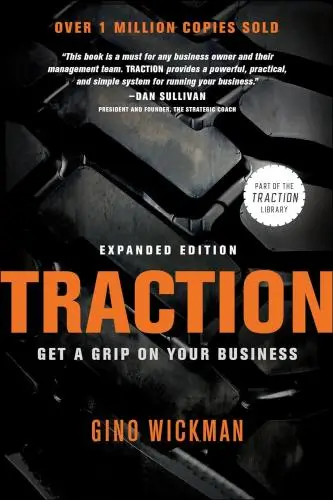
Shoe Dog
A Memoir by the Creator of Nike
What is Shoe Dog about?
Shoe Dog is a memoir by Nike co-founder Phil Knight, recounting the tumultuous journey of building the iconic brand from scratch. Knight's candid storytelling takes readers through the highs and lows of entrepreneurship, from risky business decisions to transformative moments of success. His relentless pursuit of innovation and determination against all odds make this book a must-read for anyone seeking inspiration in the world of business.
About the Author
Phil Knight is the co-founder of Nike and the author of the memoir "Shoe Dog." His writing style is candid and engaging, offering readers a behind-the-scenes look at the challenges and triumphs of building a global brand. Knight's unique perspective on entrepreneurship, perseverance, and the power of innovation shines through in his work, making "Shoe Dog" a must-read for anyone interested in business success stories.
10 Key Ideas of Shoe Dog
Embrace Your Crazy Ideas and Pursue Them with Passion
Innovation often starts with what many might consider a 'crazy idea.' The key is to passionately pursue these ideas, believing in their potential even when others doubt them. This approach allows for groundbreaking products and solutions that can redefine markets. It's about seeing beyond the current reality to what could be, fueled by a deep passion for achieving something great.
Learn DeeperKeep a 'Crazy Idea' Journal: Start by keeping a journal dedicated to your unconventional ideas, no matter how outlandish they may seem. Regularly jotting down thoughts can help you see potential in what others might dismiss.
Share Your Ideas Selectively: Find a trusted friend or mentor who is open-minded and share your ideas with them. Getting feedback can help refine your vision and strengthen your resolve to pursue it.
Set Aside Time for Exploration: Dedicate a specific time each week to explore one of your 'crazy ideas' further. Research, sketch, or brainstorm ways to make it a reality. This consistent effort turns abstract concepts into actionable plans.
Embrace Failure as a Learning Tool: Understand that not all ideas will pan out, but each attempt provides valuable lessons. Reflect on what didn't work and why, then use these insights to improve your next endeavor.
Seek Inspiration from Success Stories: Regularly read about or listen to stories of people who turned their unconventional ideas into success. This can provide motivation and practical strategies for navigating challenges.
- Example
Sara Blakely cutting the feet off her pantyhose to create the prototype for Spanx is a perfect example of pursuing a 'crazy idea' with passion. Her willingness to experiment led to the creation of a billion-dollar company.
- Example
The Wright brothers' pursuit of manned flight was once considered impossible. Their relentless experimentation and belief in their vision, despite skepticism, ultimately changed the world by making air travel a reality.
Build a Team That Shares Your Vision and Values
Success is rarely a solo endeavor. Building a team that shares your vision and values creates a unified force moving towards the same goal. This alignment ensures that everyone is motivated not just by personal gain but by a collective mission, fostering an environment of collaboration, innovation, and mutual respect. It's crucial to surround yourself with people who complement your skills and challenge you to grow.
Learn DeeperIdentify Your Core Values: Start by clearly defining your own core values and vision for your project or business. This clarity will serve as a foundation for attracting the right team members.
Recruit with Your Vision in Mind: When interviewing potential team members, prioritize those who not only have the necessary skills but also demonstrate a strong alignment with your vision and values. Ask questions that reveal their motivations and perspectives.
Foster a Culture of Open Communication: Encourage regular sharing of ideas, feedback, and concerns within your team. This openness will reinforce the shared vision and help identify any misalignments early on.
Celebrate Collective Achievements: Make it a habit to celebrate milestones and achievements as a team. This reinforces the idea that success is a collective effort and strengthens the team's bond towards the common goal.
Provide Opportunities for Growth: Invest in your team's professional development. When team members feel supported in their growth, they are more likely to remain committed to the shared vision.
- Example
At Nike, Phil Knight made it a priority to hire individuals who were passionate about sports and innovation, ensuring that the team shared a common vision of revolutionizing athletic footwear.
- Example
In a small startup, the founder regularly holds team-building activities and workshops focused on the company's core values of sustainability and community impact, ensuring that every new hire is both a cultural and mission fit.
Learn from Failure and Use It as a Stepping Stone
Failure is an inevitable part of the journey to success. Instead of viewing it as a setback, see it as an opportunity to learn, adapt, and grow. Analyzing what went wrong and why helps in making informed decisions moving forward. Embracing failure builds resilience and a deeper understanding of your business, paving the way for future successes.
Learn DeeperReflect on Your Failures: Regularly set aside time to reflect on your setbacks. Ask yourself what went wrong, why it happened, and what you could do differently next time. This practice turns failures into learning opportunities.
Create a Failure Resume: Document your failures along with the lessons learned from each. This can be a personal document that helps you track your growth and how you've used failures as stepping stones.
Seek Feedback: After a setback, reach out to mentors, peers, or anyone involved to get their perspective. Often, others can offer insights you might have missed, helping you understand the failure more deeply.
Implement Changes Based on Lessons Learned: Use the insights gained from your failures to make concrete changes in your approach. Whether it's altering a strategy, improving a product, or enhancing your skills, take action based on what you've learned.
Celebrate Small Wins: As you progress, celebrate the small victories along the way. This helps build resilience by recognizing that success is a series of steps, including overcoming failures.
- Example
A startup founder whose first business venture failed miserably uses the experience to write a 'failure resume,' highlighting key mistakes such as ignoring market research and mismanaging funds. They then share this document with a mentor, gaining insights that help launch a more successful second business.
- Example
An aspiring author receives numerous rejections from publishers. Instead of giving up, they meticulously review feedback, identifying common themes. They realize their writing lacks a strong voice. By attending workshops and revising their work, they not only find their unique voice but also secure a publishing deal.
Keep Costs Low and Be Resourceful
Especially in the early stages of a business, keeping costs low is crucial for survival. Being resourceful—finding cost-effective solutions and maximizing the use of available resources—can help stretch limited budgets further. This approach encourages creativity and innovation, as necessity often leads to finding more efficient ways to achieve goals.
Learn DeeperReview Your Expenses Regularly: Make it a habit to go through your expenses, whether personal or business-related, on a regular basis. Identify areas where you can cut back without sacrificing quality or productivity. This could mean anything from renegotiating contracts with suppliers to opting for more cost-effective marketing strategies.
Leverage Free or Low-Cost Tools and Resources: In today's digital age, there are countless free or low-cost resources available for almost every need. From marketing and design tools to educational resources, make the most of these to save money. For example, use social media platforms for free marketing and open-source software for your operational needs.
Embrace Bartering and Networking: Sometimes, the resources you need can be obtained without direct monetary exchange. Look into bartering goods or services with other businesses or individuals. Additionally, build a strong network within your industry and related fields. Often, advice, services, or products can be obtained at a lower cost or even for free through strong relationships.
Prioritize Tasks and Projects Based on ROI: Focus your time, energy, and resources on tasks or projects that offer the highest return on investment. This means evaluating the potential benefits relative to the cost and effort involved. It’s about working smarter, not harder, and ensuring that every dollar spent is an investment towards growth.
- Example
A small business owner uses free online tools to manage their accounting and customer relationship management (CRM), instead of purchasing expensive software licenses. They also join local business groups on social media to network and exchange services with other businesses, reducing the need for cash transactions.
- Example
An individual looking to improve their skills enrolls in free online courses offered by universities or utilizes platforms like YouTube for learning instead of paying for expensive classes or seminars. They also reach out to professionals in their field for mentorship, exchanging their own skills or time in return.
Deeper knowledge. Personal growth. Unlocked.
Unlock this book's key ideas and 100+ more. Learn with quick, impactful summaries.
Read Full SummarySign up and read for free!
Shoe Dog Summary: Common Questions
Experience Personalized Book Summaries, Today!
Discover a new way to gain knowledge, and save time.
Sign up for our 7-day trial now.
No Credit Card Needed

Similar Books

The Millionaire Fastlane
MJ DeMarco
Losing My Virginity
Richard Branson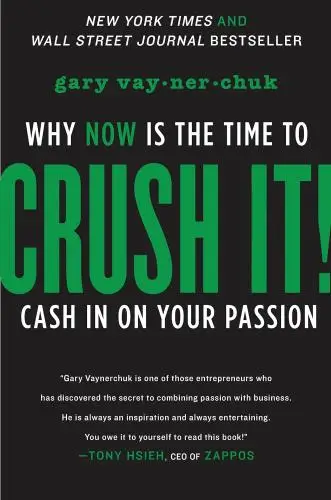
Crush It!
Gary Vaynerchuk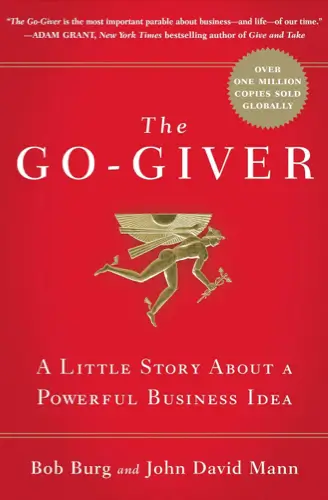
The Go-Giver
Bob Burg
Flow
Mihaly Csikszentmihalyi
Range
David Epstein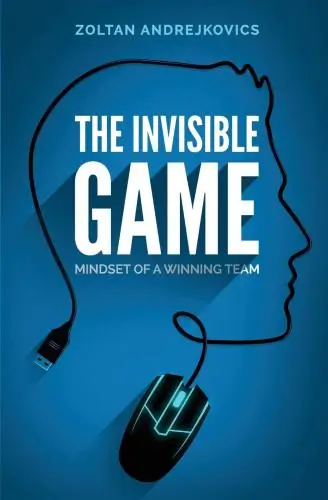
The Invisible Game
Zoltan Andrejkovics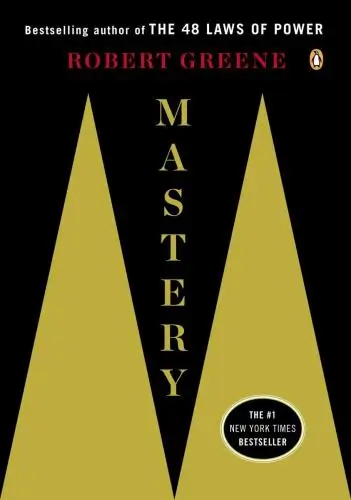
Mastery
Robert Greene
How Will You Measure Your Life?
Clayton M. Christensen
Designing Your Life
Bill Burnett
Lean In
Sheryl Sandberg
StrengthsFinder 2.0
GallupTrending Summaries

Peak
Anders Ericsson
Never Split the Difference
Chris Voss
Smart Brevity
Jim VandeHei
The Psychology of Money
Morgan Housel
The First 90 Days
Michael D. Watkins
Atomic Habits
James Clear
The Body Keeps the Score
Bessel van der Kolk M.D.
Thinking, Fast and Slow
Daniel Kahneman
The Power of Regret
Daniel H. Pink
The Compound Effect
Darren Hardy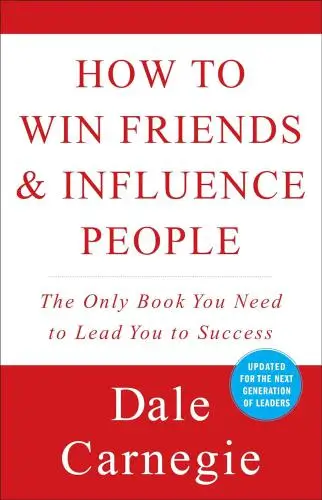
How to Win Friends & Influence People
Dale Carnegie
Eat That Frog!
Brian Tracy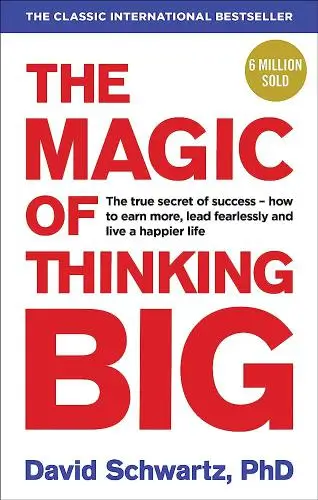
The Magic of Thinking Big
David J. Schwartz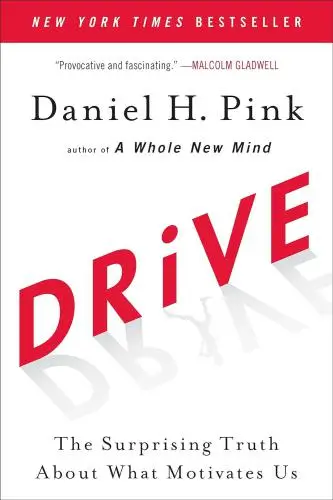
Drive
Daniel H. Pink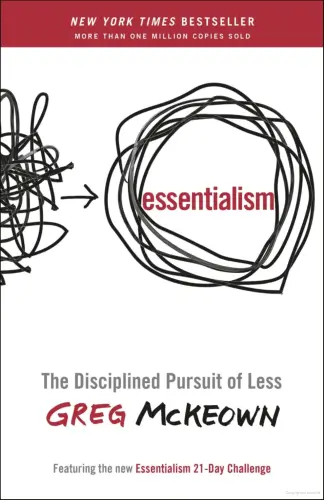
Essentialism
Greg McKeownNew Books

The Millionaire Fastlane
MJ DeMarco
Losing My Virginity
Richard Branson
Venture Deals
Brad Feld
48 Days to the Work You Love
Dan Miller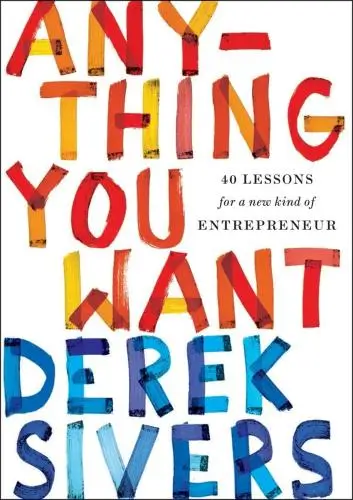
Anything You Want
Derek Sivers
Running Lean
Ash Maurya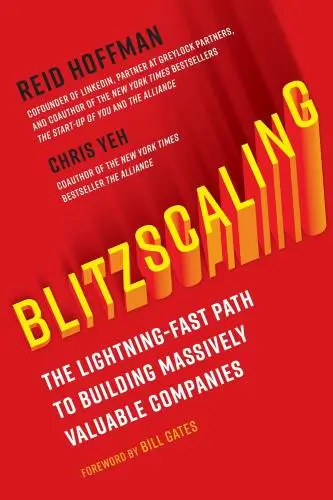
Blitzscaling
Reid Hoffman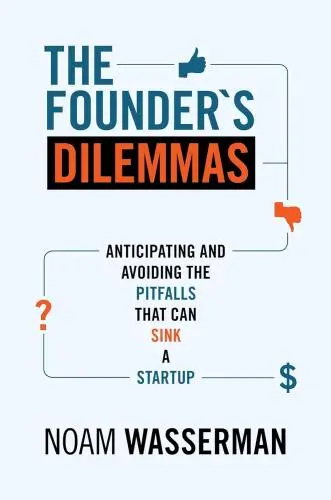
The Founder's Dilemmas
Noam Wasserman
Founders at Work
Jessica Livingston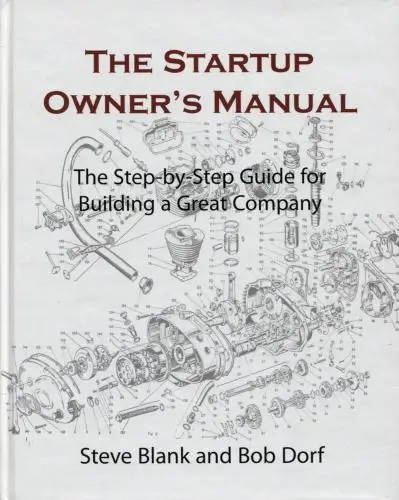
The Startup Owner's Manual
Steve Blank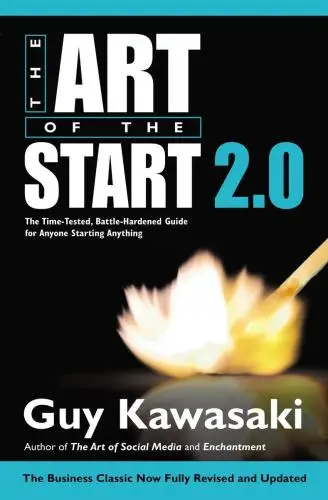
The Art of the Start 2.0
Guy Kawasaki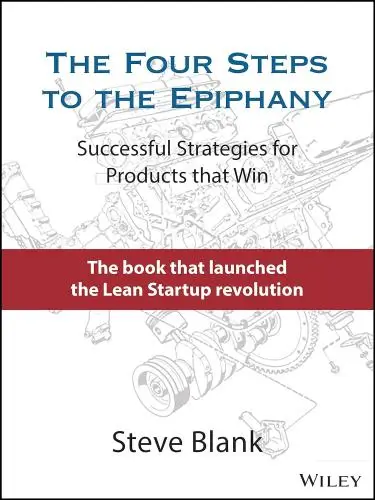
The Four Steps to the Epiphany
Steve Blank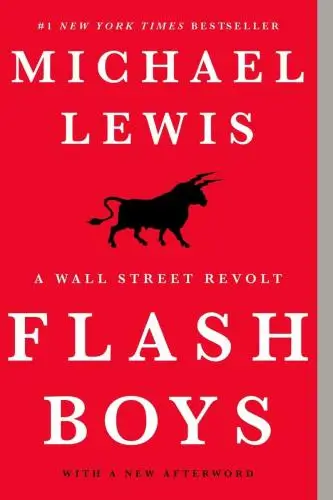
Flash Boys
Michael Lewis
Crush It!
Gary Vaynerchuk